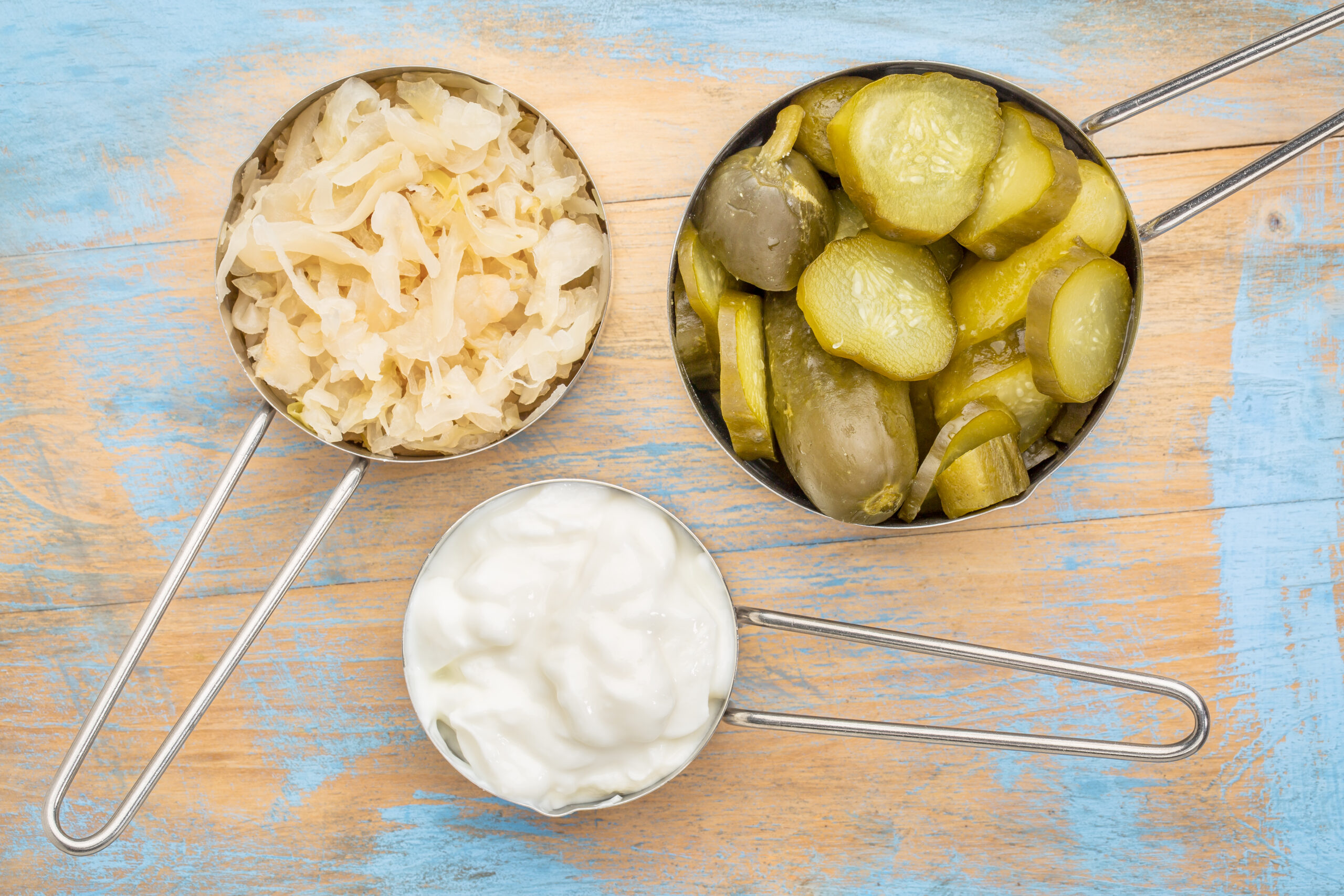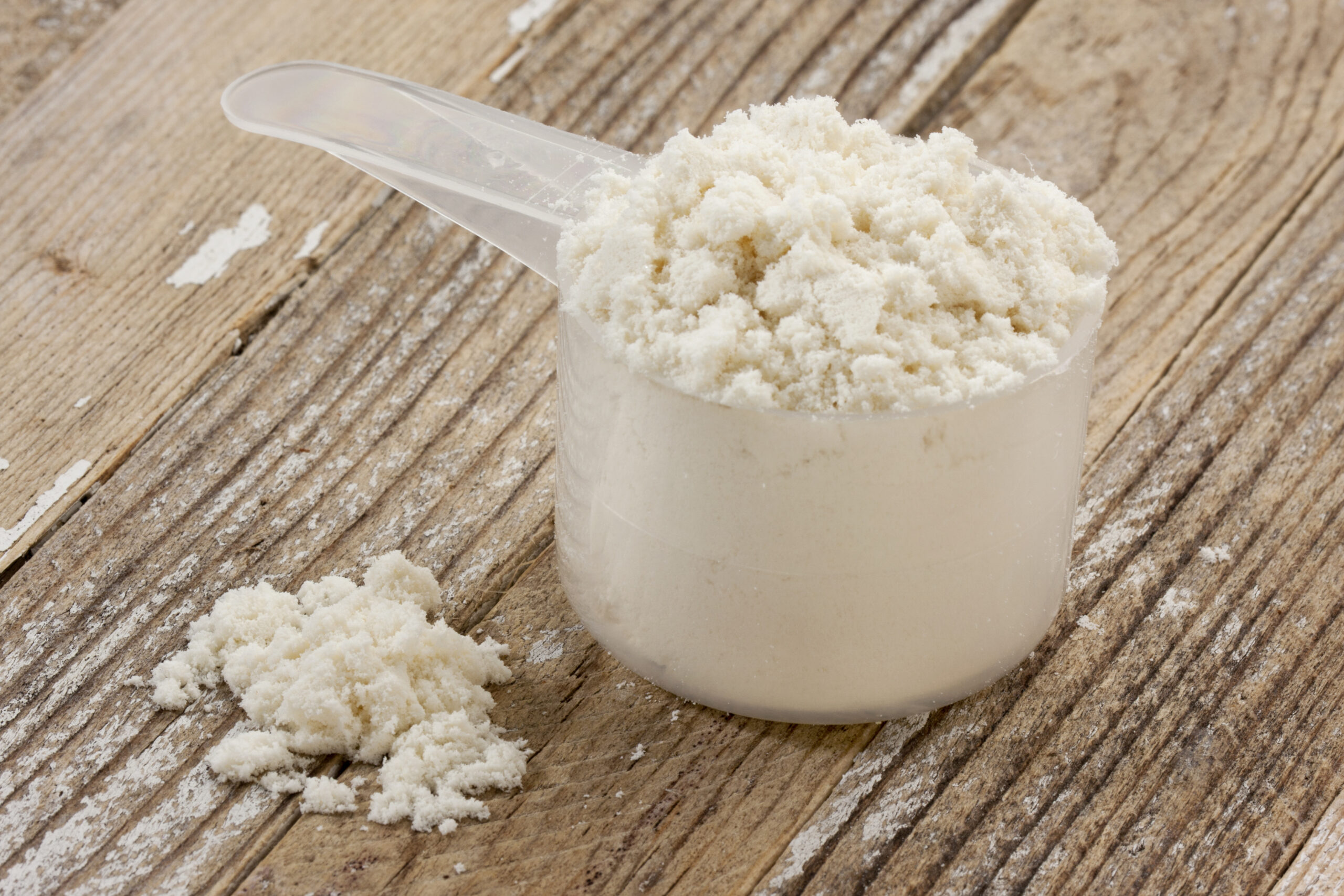You might not see it, but you can probably feel it. Inflammation is the silent saboteur behind so many modern health complaints from bloating and brain fog to fatigue, breakouts, and stubborn weight. Most people have low-grade, chronic inflammation simmering in the background without even realising it.
Inflammation is not always about joint pain or disease risk, it can affect how your skin looks, how much energy you have, how clearly you think, and even how well you age.
That dull, tired, puffy feeling? Yep, that’s inflammation.
That rough texture or hormonal breakout that won’t budge? You guessed it!
If you want to avoid the damaging effects of an endless cycle of inflammation, keep reading!
How to Actually Reduce Inflammation
Managing stress, getting sleep, and moving your body all help reduce inflammation. But diet really is the lynchpin. You interact with food several times a day, and thus, fixing your diet is the approach with the biggest immediate payoff.
Therefore, the best way to get ahead is to eliminate the foods that create the most chaos. So, let’s dive into what they are!
What Makes a Food Inflammatory?
While inflammatory foods can take many forms, most of them share a few key characteristics. Understanding these traits can help you spot problem foods, even the ones not on this list. If a food checks several of these boxes, it’s likely contributing to chronic inflammation and worth rethinking:
- Highly processed or refined
- High in added sugar, trans fats, and artificial additives
- High in fast-digesting carbs
- Low in fibre and antioxidants
- Hyper-palatable
Now let’s get into the worst offenders.
Top 10 Most Inflammatory Foods (and Why They Wreak Havoc)
- Refined Sugar
Drives blood sugar spikes, feeds bad gut bacteria, and accelerates glycation (the process that stiffens and ages your collagen). - Industrial Seed Oils (e.g. soybean, sunflower, corn oil)
High in omega-6 fatty acids, heavily processed with heat and chemicals. They tip your omega balance toward inflammation and break down into harmful byproducts when cooked. - Refined Carbs (white bread, pastries, white pasta)
Fast-digesting, low-nutrient foods that cause rapid insulin spikes, which fuel inflammation and mess with your skin barrier and oil production. - Processed Meats (bacon, hot dogs, deli meats)
Contain nitrates, advanced glycation end products (AGEs), and other compounds that raise inflammation markers and accelerate skin ageing. - Artificial Sweeteners (aspartame, sucralose, saccharin)
Disrupt gut microbiota and may trigger an inflammatory response in sensitive people – even without calories! - Fried Foods
Often cooked in reused or low-quality oils, producing trans fats and oxidised compounds that your body flags as a threat. The result? Inflammatory cascade. - Sugary Drinks (soda, energy drinks, bottled teas)
Liquid sugar floods your system fast. They cause insulin spikes, skin glycation, and metabolic strain in one hit. - Alcohol (especially in excess)
Irritates your gut lining, disrupts detox pathways, dehydrates the skin, and generates oxidative stress. - Ultra-processed Packaged Snacks (crisps, crackers, granola bars)
A perfect storm of refined carbs, seed oils, preservatives, and sugar. - Dairy (especially low-quality, processed, or for sensitive individuals)
For some, dairy causes digestive irritation and inflammatory flare-ups. Acne, congestion, and bloating are common signs.
What Makes a Food Anti-Inflammatory?
So now you know what to avoid, let’s discuss what you can eat instead. Just as certain foods fan the flames of inflammation, others help cool things down. Anti-inflammatory foods tend to have a few things in common:
- Rich in antioxidants — which help neutralise oxidative stress and protect cells
- High in fibre — which feeds healthy gut bacteria and keeps blood sugar stable
- Packed with healthy fats — especially omega-3s that counterbalance inflammatory omega-6s
- Low in added sugars and refined starches — so they don’t spike insulin or feed bad microbes
- Naturally colourful — often signalling high levels of phytochemicals and polyphenols
In practice, that means things like leafy greens, berries, oily fish, extra virgin olive oil, nuts, seeds, legumes, turmeric, and green tea. When in doubt, think: whole, colourful, and close to its natural form.
How to Actually Stick to an Anti-Inflammatory Diet
The trick to making lasting change isn’t grinding through willpower, but instead, it’s working with the way your brain forms habits. Studies show that creating structure around your choices, reducing friction, and making better options more rewarding is far more effective than relying on sheer motivation.
In other words, the easier and more automatic a new habit feels, the more likely it is to last.
Habit Design Tips for Success:
- Swap, don’t scrap: Replace problem foods with better ones. For example, swap soda for sparkling water with citrus, trade crisps for roasted chickpeas or seaweed snacks.
- Remove temptations: Don’t keep inflammatory snacks at home. If it’s not within arm’s reach, it’s easier to say no.
- Make good food obvious: Prep veggies in advance, keep fresh fruit out on the counter, store leftovers in clear containers.
- Create friction for bad habits: Don’t eat out of the bag. Unplug the toaster. Keep sweets in a hard-to-reach cupboard.
- Anchor new habits: Tie healthy eating to routines. Add berries to your morning yoghurt. Cook dinner while listening to a podcast.
- Reward the switch: Track your swaps in a habit app or enjoy the skin glow as feedback. Positive reinforcement helps habits stick.
Anti-Inflammatory Swaps to Try Instead
As mentioned in the previous section, the best way to eliminate the worst offenders from your diet is to swap them out for nourishing, low-inflammatory options. Try these some of these swaps today:
- Refined sugar → raw honey, dates, cinnamon, or fresh fruit
- Seed oils → extra virgin olive oil, avocado oil, cold-pressed coconut oil
- White bread & pasta → whole grains like quinoa, buckwheat, or sourdough
- Processed meats → grilled chicken, wild salmon, or legumes
- Artificial sweeteners → stevia or monk fruit in small amounts
- Fried snacks → roasted chickpeas, seaweed, or spiced nuts
- Sugary drinks → sparkling water with lemon, herbal teas, or infused water
- Flavoured yoghurt → plain Greek yoghurt with berries and flaxseed
- Packaged sweets → dark chocolate (70%+), frozen grapes, or homemade bliss balls
Clearer Choices, Calmer Body
Inflammation is sneaky but once you know the culprits, you can clean up your diet and your skin, mood, and energy will start reflecting that. Ditch the worst offenders, double down on smart swaps, and let your body calm down from the inside out.



